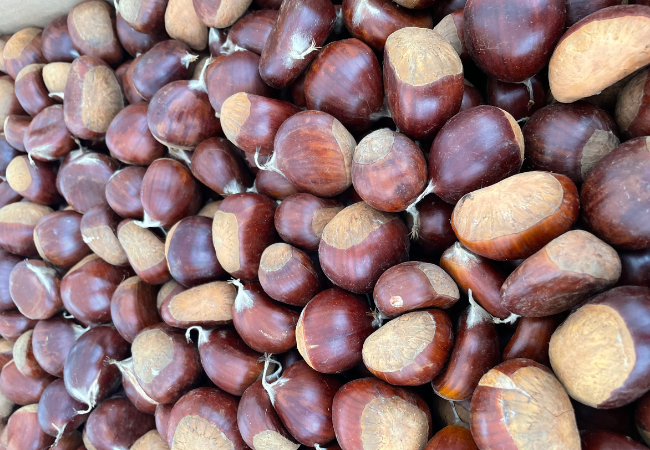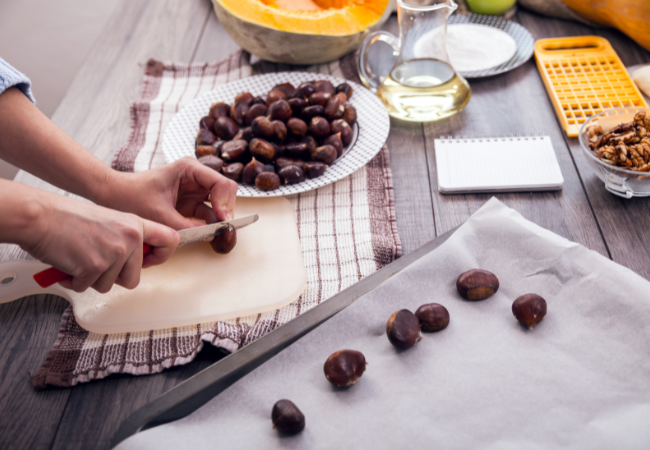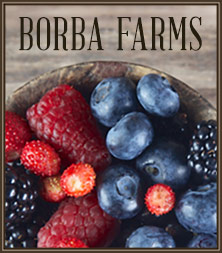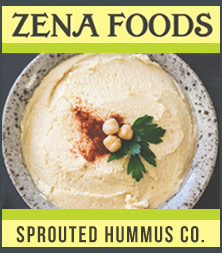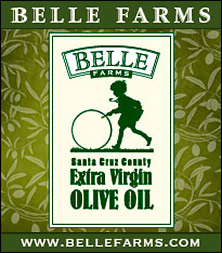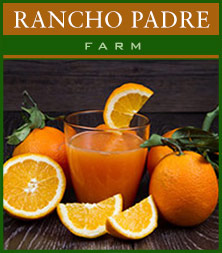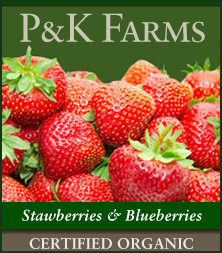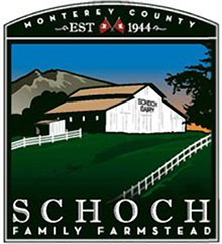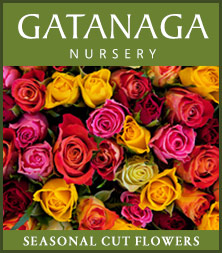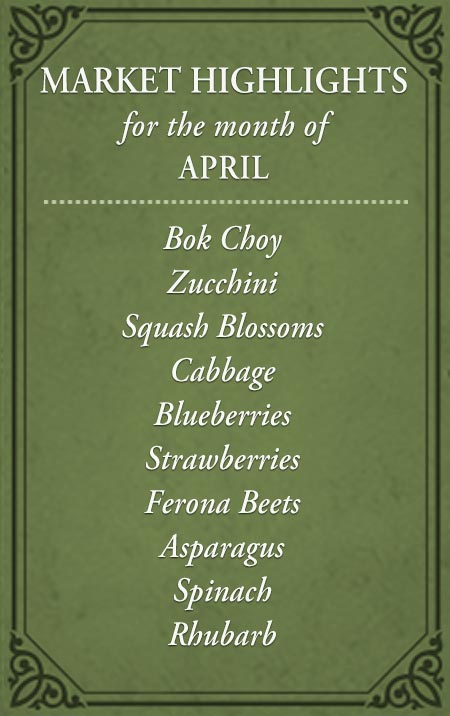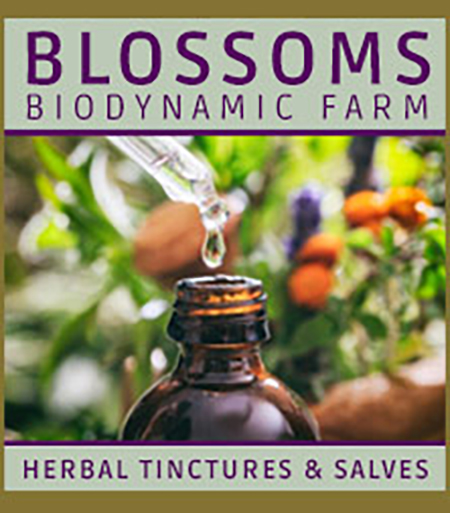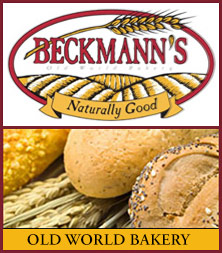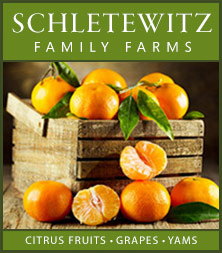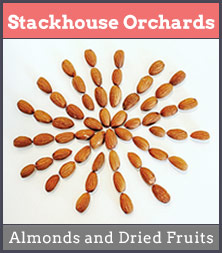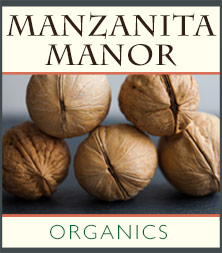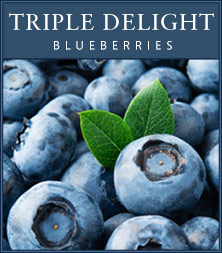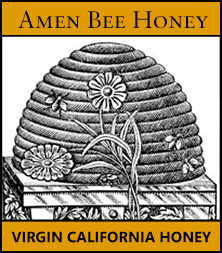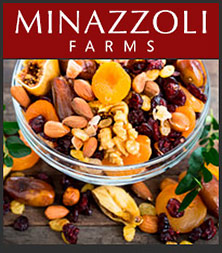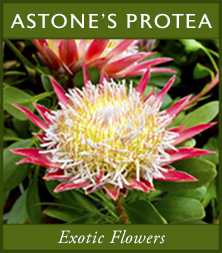Chestnuts have a fascinating history and are making a small but sweet comeback. Find fresh chestnuts now at Minazzoli Farms at the farmers markets—but only for a limited time!
A Little History
In the 1800s, Chinese chestnut trees were brought to the U.S. Unfortunately, they carried a fungus—chestnut blight—that devastated the native American chestnut population. Nearly 4 billion trees, which once grew coast to coast, were wiped out. Only a few groves in California and the Pacific Northwest escaped the disease.
The American chestnut, Castanea dentata (literally “chestnut toothed”), was once so common that it was called the “redwood of the East.” Today, researchers and farmers are working hard to bring it back.
About the Chestnut Tree
Chestnut trees can grow 30–40 feet tall, and some much taller. The largest on record stands more than 75 feet in Jackson County, Tennessee. Trees begin to bear fruit at around 12–15 years old, and because chestnuts are sterile, two trees growing near each other are needed to produce nuts.
The wood of the chestnut is light, easy to work with, and slow to rot due to its high tannin content. That made it a favorite for telephone poles and fencing.
Nutritious and Delicious
Unlike other nuts, chestnuts are starchy — closer in character to potatoes. They’re low in calories, high in fiber, and provide vitamin C, B-complex vitamins, iron, and calcium. In Europe, Asia, and Africa, chestnuts are often used as a potato substitute or ground into gluten-free flour. They even make a naturally sweet brew!
Chestnuts must always be cooked before eating—roasting or boiling removes the bitter tannic acid that can upset digestion.
Buying and Storing
- Select: Choose chestnuts that are firm, heavy, and close in size (so they cook evenly).
- Yield: One pound of raw chestnuts equals about 2 cups of shelled, roasted nuts.
- Store: Because of their high carbohydrate content, store fresh chestnuts like potatoes—in a sealed container in the lower part of your refrigerator.
Fun Chestnut Facts
- The oldest chestnut tree grows on Mount Etna in Sicily and is believed to be 2,000–4,000 years old.
- Chestnut flour is a great gluten-free alternative for baking.
- Chestnuts were once so important that entire communities relied on them for food security.
- Ink disease, another chestnut ailment, can kill a tree within 2–3 years.
How to Roast Chestnuts
Roasting takes a little effort, but the reward is worth it!
- Using a sharp knife, cut a slit around the “belly” of each nut (like opening a clam). Cut through both the outer shell and inner skin.
- Soak the nuts in cold water for a few minutes.
- Roast on a heavy pan in a preheated 400°F oven for 10–12 minutes, until the shells curl back.
- Cover with a towel to steam. Peel while still warm—the shells and skins come off more easily.
- Any stubborn ones? Pop them back into the oven for another 5 minutes and try again.
- Enjoy roasted chestnuts warm, freeze them for later, or use them in stuffing, soups, and braises.


